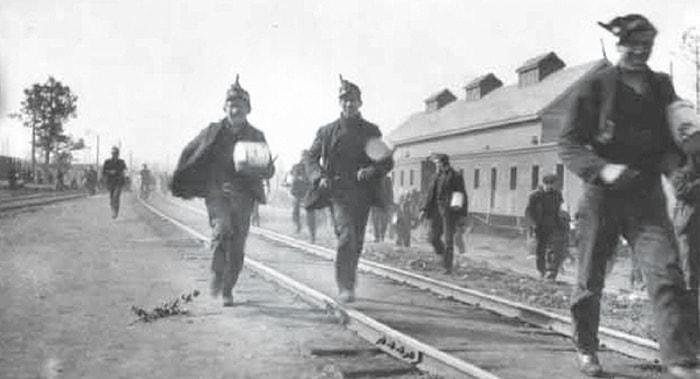The Ladysmith & District Historical Society (LDHS) wants to put our region’s past on the map using 21st Century Global Information Systems technology.
GIS, used by municipalities and industry to ‘layer’ various features and information about an area in multiple dimensions on a single map, are increasingly being used by history enthusiasts to take viewers back in time.
The Town of Ladysmith, for example, might use GIS to overlay information about buildings, zoning, utilities like sewer and water, all in one file. Images and documentation can be linked from points on the file to keep a running record of flagged work, work done, or work needing to be done.
That same technology can be used by historians to map historical features and provide a wealth of interactive information about our past, says Rick Morgan, a volunteer with the LDHS.
“After the LDHS annual general meeting in April, we hope to get started on two GIS story map applications,” Morgan said.
One would present perspectives on the coal mining area between Ladysmith and South Nanaimo, including the Canadian Collieries mines at Extension.
“The general location of the mine can be plotted on a map,” Morgan said. “When you click on a point you would open a copy of the Ministry of Mines ‘Minfile’ report on that property.”
Everything from operations, to production, to the geology of a mining area, and information about mine operators could be linked to the GIS record. “Where possible we could even include a picture,” he said.
Another project would be a map of Ladysmith showing the location of historic buildings. “This would include buildings listed in the Canadian Register of Historic Places,” Morgan said.
“Clicking on the point on the map would bring up a picture of the building, architecture, ownership and inhabitants and so forth.”
Longer range prospects include an interactive map of the Ladysmith Harbour, which would allow comparisons of the same area today with historic maps showing things like wharves, and rail feeder lines.
Morgan said a map comparing the present day harbour with early air photos might even be possible.
It’s a big project, and Morgan says he and fellow volunteers are on a steep learning curve. But they’re determined to bring the past into the future using GIS.
“We don’t have a definite date as of yet, but it is high on our priority list,” Morgan said.
